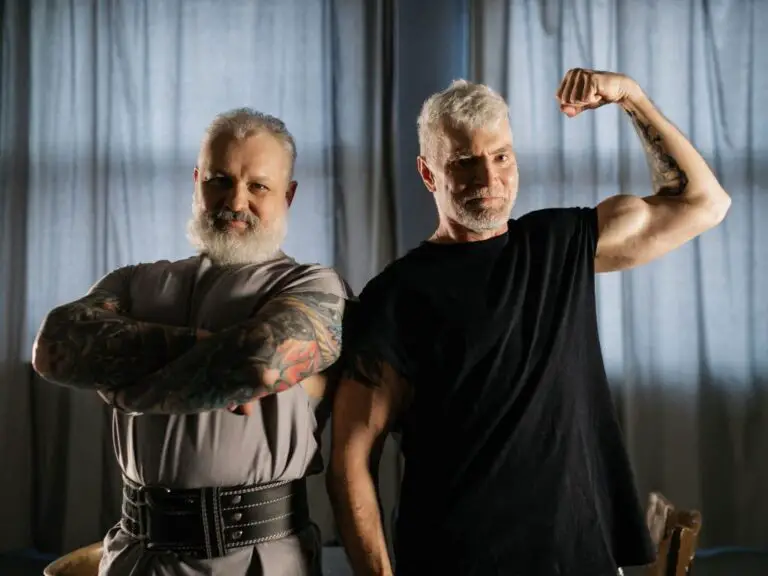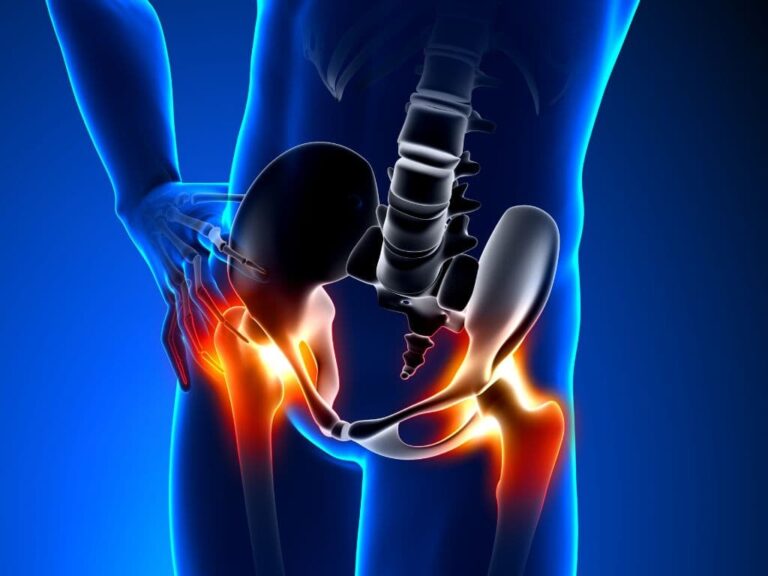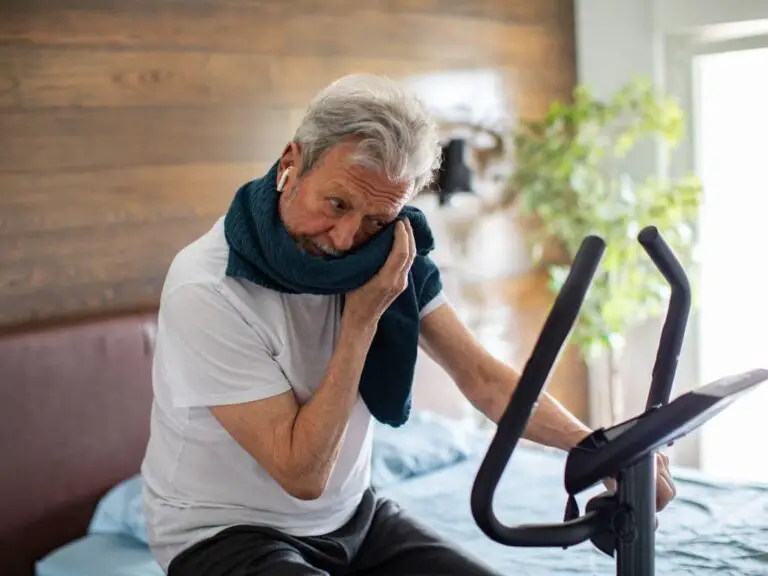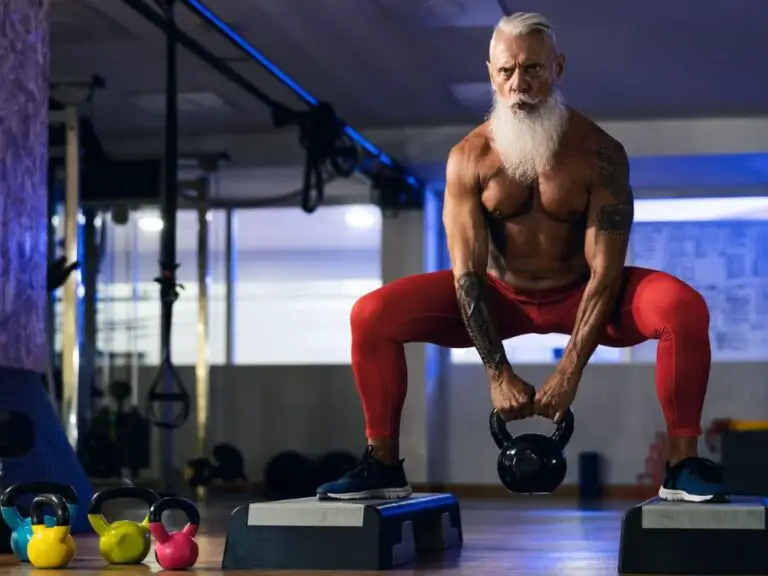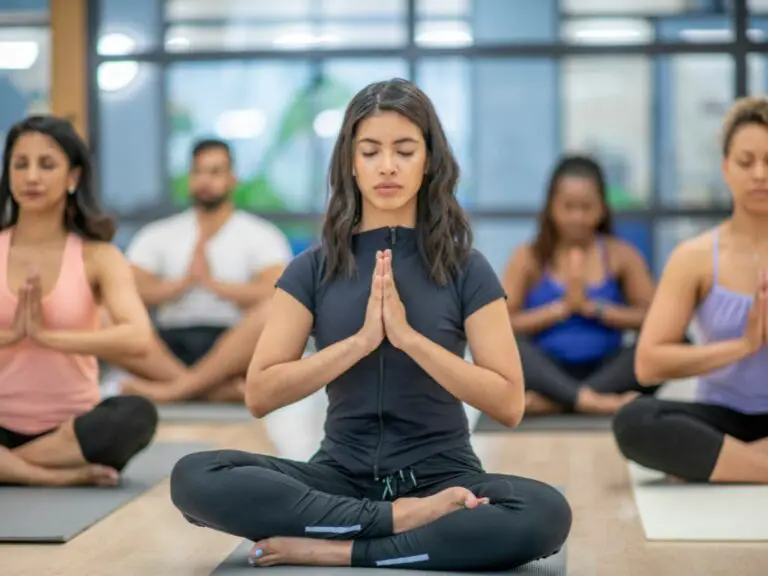How to Exercise Your Butt While Sitting
Staying physically active is important for seniors to maintain strength, balance, and flexibility. While high-impact exercises may be too strenuous, there are many low-impact seated exercises that can target the glutes and core muscles. Regularly performing targeted butt exercises from a chair has many benefits for older adults.
Exercising your butt while sitting involves performing targeted low-impact exercises such as glute squeezes, hip raises, knee lifts, leg abductions, and bridging. These exercises, primarily intended for seniors, strengthen glutes and core muscles, improve balance and stability, and enhance overall mobility. It’s recommended to start slowly, maintain proper form, and gradually increase intensity over time.
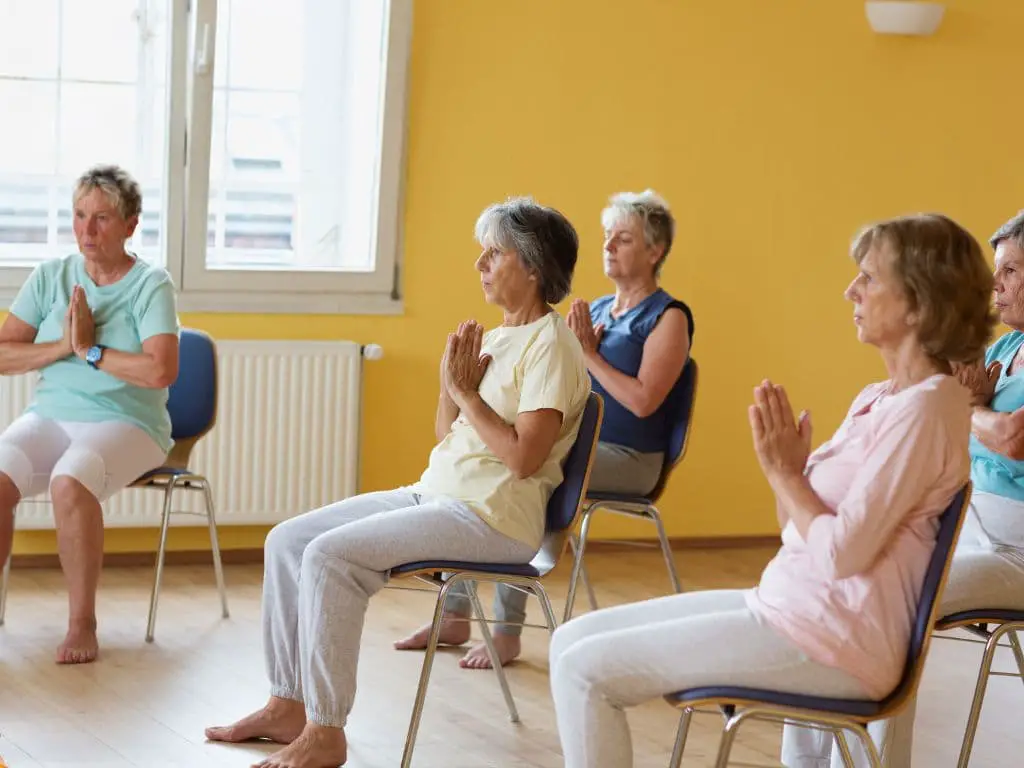
What are the Benefits of Seated Butt Exercises for Seniors?
As we age, it becomes increasingly important to engage in low-impact exercises that are gentle on the joints. Chair exercises are a great way to improve muscle strength and flexibility without putting too much strain on the body. Strengthening the glutes will also help improve stability and balance, which can help prevent falls.
Core exercises done while seated are extremely beneficial for seniors.Working the abdominal and lower back muscles improves posture and spinal health. A strong core also enhances stability and coordination. Balance training is particularly useful for older adults prone to falls. By developing better balance, seniors can stay active while reducing their risk of injury.
Regularly performing chair exercises builds muscle strength to keep the body mobile and functional. Dedicated training keeps muscles from deteriorating and helps joints stay limber. Staying active preserves physical independence as people age.
5 Simple Exercises for a Quick Butt Workout While Seated
Here are some easy seated butt exercises seniors can do every day:
- Glute squeezes – Squeeze the glutes tightly and hold for 2-3 seconds. Repeat for 10-15 reps. Focus on flexing one side at a time. Squeezing the glutes improves tone and shape.
- Hip raises – Lift one leg a few inches keeping the knee bent, engage the glute, and hold for 5 seconds. Slowly lower the leg and switch sides. Do 10 raises per leg. This strengthens the glutes.
- Knee lifts – Raise one knee up with the foot flexed. Engage the core to keep the back straight. Hold for 2 seconds and lower slowly. Repeat 10 times then switch legs. Knee lifts work the glutes and core.
- Leg abductions – Keeping the leg straight, lift it out to the side. Raise as far as comfortable and hold 2 seconds. Complete 10-12 reps per leg to strengthen glutes.
- Bridging – From a seated position, engage the core and lift the hips up off the chair. Squeeze the glutes and hold for 5-10 seconds. Slowly lower back down and repeat for 10-12 reps. Works the entire posterior chain.
Be sure to start slowly and focus on proper form. It’s better to do fewer reps correctly than rushing through sloppy repetitions. Listen to your body and don’t push too hard. Gradually increase intensity over time.
How Often Should Seniors Perform These Exercises?
Experts recommend doing glute exercises 2-3 times per week to see results over time. Consistency is key – even a short workout done regularly delivers benefits. However, rest days are important to allow muscles to recover and strengthen.
Aim for 10-15 minutes per session in the beginning, working up to 20-30 minutes as you progress. This duration is enough to challenge the muscles without overexerting them. Pay attention to how you feel and don’t overdo it. It’s better to start slow and increase intensity gradually.
Be patient and committed. Seniors will begin to notice improvements in muscle tone, flexibility, and balance within 4-6 weeks of consistent training. Don’t be discouraged if progress seems slow. The rewards will come with perseverance.
What are Some Other Chair Exercises for Seniors to Improve Strength and Balance?
In addition to glute exercises, seniors should also perform core and balance exercises from a chair. Here are some examples:
- Seated marches – Alternate marching legs up and down to strengthen hips and core.
- Toe taps – Lift one leg and tap toes onto floor in front and to each side. Improves coordination.
- Arm raises – Raise arms overhead with palms together to activate upper back muscles.
- Seated yoga – Gentle twists and side bends increase core strength and flexibility.
- Ankle rolls – Roll ankles clockwise and counterclockwise. Boosts ankle mobility.
- Balance challenges – Practice leaning forward, backward and to each side without tipping over.
It’s beneficial to target all the major muscle groups. A full-body chair workout will improve overall strength and balance for seniors. Exercises that enhance coordination are particularly useful for fall prevention.
How Can Seniors Prevent Injuries While Doing Butt Exercises?
Safety should be the number one priority when exercising. Here are some tips to prevent injuries during seated workouts:
- Always warm up first by marching or doing light stretches
- Use controlled movements and proper form
- Start with very low intensity
- Build up slowly over multiple sessions
- Use lighter resistance like resistance bands
- Don’t hold your breath during exercises
- Listen to your body and stop if you feel pain
- Stay hydrated and avoid exercising if very fatigued
- Use a chair that is stable and positioned against a wall
- Wear comfortable clothing and supportive footwear
- Consider your current health conditions and modify as needed
With appropriate precautions, seniors can confidently perform butt exercises safely. Be patient with your progress and know your limits. Staying active provides immense health benefits that are well worth the effort!
Conclusion
Targeted glute and core exercises done while seated are extremely beneficial for seniors. A regular chair workout improves muscle strength, balance, and flexibility – all of which enhance mobility and reduce fall risk. Start slowly, be consistent, and focus on proper form. Done correctly, chair exercises empower seniors to take control of their health.
Frequently Asked Questions
-
What is the best exercise for beginners?
Start your exercise routine with simple aerobic moves like leg kicks and arm swings. Alternately, warm up with simple movements for the specific exercise. You can walk first before running.
-
How can I exercise my butt while sitting?
If you are seated at your computer, clench your butts. Next, stretch your glute muscles hard. You should hold the squeeze for at least 10 seconds. Then, rest for 30 seconds. This can be repeated 10 more times throughout the day.
-
Is there an exercise that works every muscle?
Swimming. Swimming is an excellent, low-impact exercise that can be used to strengthen all major muscle groups, according to Swim to Slim. Swimming is a great way to exercise your core, upper body and all of the major muscle groups.
-
What is the single best strength exercise?
Is there a single strength-building activity that many people could do right now, but aren’t? Squats are the most popular strength-building exercise according to exercise experts and current research.
-
What is the most important lift?
1. The Deadlift. The deadlift ranks first. The deadlift not only strengthens your back, from your upper traps to your spinal erectors at your lower back, but also your quads and glutes.
-
Which sitting position burns most calories?
Sitting straight up will reduce the strain on your back, neck, and shoulders. You can strengthen your core, increase calorie burn, and keep your back straight.
-
Is 15 mins exercise a day enough?
These things will increase your heart health, metabolism and overall well-being. It is important to exercise enough, and do it frequently enough. Doctors should recommend at least 30 minutes of moderate or 15 minutes intense exercise per day for patients’ health.
-
Why do my legs feel weak when I walk?
You might also feel tired or cramped in your legs. This is a sign of neural claudication, also known as claw-dihkay-shun. The neural leg claudication is a condition that occurs when the lumbar canal stenosis affects your legs. It starts as soon as you stand, becomes worse when walking, and then gets worse when you stop walking.
-
What are the five fitness moves everyone should do?
Push, pull, hip hinge, hip-hinge and squat are the five movements that you need to perform. These movements require multiple joint and body systems to function together and are also integrated into activities that we do everyday.
-
Why is it harder to get up off the floor as you get older?
The big muscles of our legs tend to weaken as we get older, especially if we sit a lot. This makes it difficult to do things like getting down to the ground if you can’t get up.

